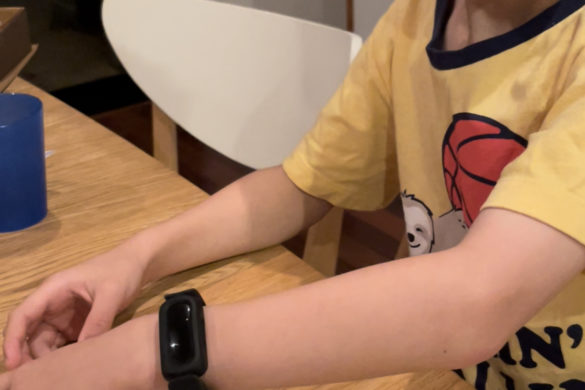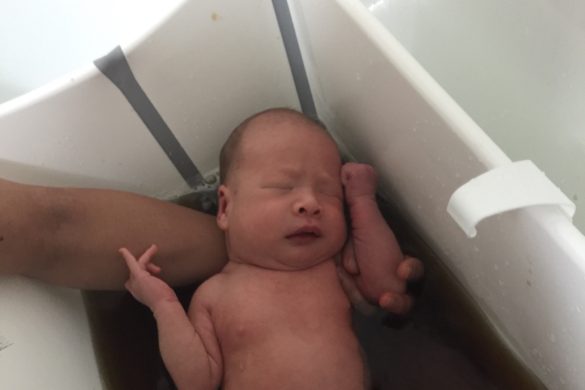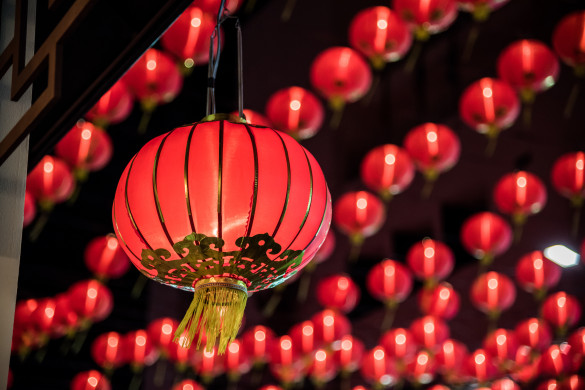“Did you do that Japanese bath thing?” is the question often asked while discussing holidays in Japan. YES! After visiting four spa towns in Japan, each a different experience, I love it! Out of interest, I surveyed a few friends and family, aged roughly between 30 to 75 years, who recently visited Japan. Of the 15 people who answered the survey (small sample so not statistically reliable) two-thirds visited onsens, quite a large percentage. The 33% who had not were on their first visit to Japan, and for some of them visiting an onsen did not even cross their minds. Others were just too shy.
What is an onsen?
An onsen is a Japanese hot spring with bathing facilities. Because Japan has geothermal activity in nearly every region, it has numerous onsens, traditionally used as public baths. Many rural towns still have public baths located around their squares.
What’s quite confusing for foreigners is that spa towns are also called onsens. For example Yamanaka Onsen, or Sounkyo Onsen. They are hot spring resort towns.
There are many types of baths. If located outdoors, an onsen is called roten-buro. Large hotels may have several themed indoor baths, and tubs of varying temperatures. All onsens feature water from geothermal springs, some mixed with tap water. The water has iron, sulfer or other mineral content.
Public baths however merely have heated tap water, and are not considered onsens.

roten-buro in Asahidake Onsen
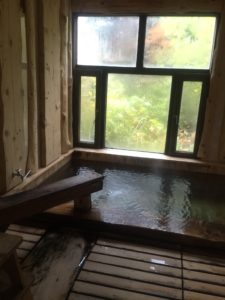
Traditional ryokan cypress pine onsen

rustic ante room in same onsen
What’s the protocol?
In most places you can just turn up without booking. Most times you can hire a towel and even a robe, and in many places you’ll be furnished with towels, shampoo, conditioner, soap, foot pumice, hairdryer etc. Upmarket onsens will have fancy facial creams for women. There are lockers for your valuables. It helps to have a change of clothes.
There are some simple rules.
- Avoid stepping on the tatami mats with your shoes when you enter. Remove your shoes and store away.
- In both onsens and public baths, you are expected to scrub yourself clean and wash your hair outside the tub. Entering the tub without doing so, or with soapsuds are big no-nos.
- Having a tattoo on display is also frowned upon. Tattoos with elaborate designs are associated with the Yakuza (criminal gangs). If you have only a small tatt, cover up with a band-aid.
Onsens have a tranquil atmosphere. Overenthusiastic behavior like diving or splashing is not tolerated. Quiet conversation is fine. My pet grouse is that some East Asian large-group tourists chat noisily, ruining the experience for others. This also happens in male baths, I’m told!
Small hotels have only one public bath and have alternating sessions for men and women. Large hotels may also change bath areas so look out for the banners. Oh, did I mention that you bath nude?

Red banner and Japanese character for “woman”
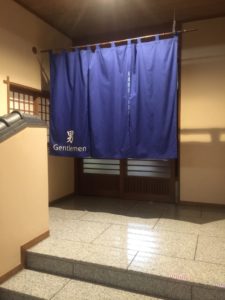
Blue banner and the Japanese character for “man”
What was it like to be nude?
It’s a bit of a conundrum, but Japanese women who dress modestly are completely comfortable being nude. Baths are generally gender segregated, although in some resorts and rural onsens, there is optional mixed bathing.
I was a little bit embarrassed by the nudity, but I got over that really quickly, and luckily I had a friendly guide who told me what to do, otherwise I would be clueless! (P3, female)
I wasn’t relaxed as I had never been nude in a public place before. Though actually no-one took any notice of me except to smile and nod. … (P2, female)
I was very anxious as I had a mastectomy, but everyone was very polite, and more than that, just accepting of everyone’s body. My friend is very large, and she too was anxious too, but she soon relaxed. (P13, female)
I packed my gear and went to the onsen, then changed my mind at the door and started back to the hotel. Halfway there I thought what a sook I was, and turned round again. I’m so glad I did! (P15, male)
No worries, no one looked at each other (P4, male)
What’s so enjoyable about the experience?
This is an authentic Japanese experience. Domestic tourists, young and old, journey to spa towns for relaxing day out. Every single participant in my little survey who did venture into an onsen liked it because it was relaxing, and for therapeutic qualities of water. A few said that they liked everything about the experience.
I felt very cleansed afterwards, both in body and spirit. It gave me a renewed appreciation of the cleansing properties of water. (P1, male)
[After] I got over my shyness it was a wonderful experience to be among dozens of local women and girls all intent on enjoying the hot water when it was quite cold outside, and chatting at the end of the day. (P2, female)
I have bad eczema and the mineral water is so good for my skin! (P5, male)
See this [showing his arm] all the little bruises/marks disappeared after visiting onsens. (P7, male)
What did you like least?
There wasn’t really anything I didn’t like about it, I did find it a little too hot, but it wouldn’t stop me going to another onsen again (P3, female)
There are no instructions anywhere, but I guess you could just read up about it on the internet beforehand. (P3, female)
Instructions? What instructions?
There are often instructions on the wall. If you don’t see them or if the mist has fogged up your glasses, just remember the Japanese have very high levels of cleanliness.
The little stools you see are for sitting on while you scrub, scrub, scrub. You can either fill the cute little wooden buckets with water and dunk yourself several times till you are clean OR use the showers. Just so you are scrupulously CLEAN! If you observe what other guests do, and have a respectful approach, you’ll be absolutely fine.

we played a little game with Felix to teach him white towel etiquette
And what are those little white towels for?
They are dual purpose, for scrubbing and also for a bit of modesty (if you are so inclined) while walking from the scrubbing area to tub. Do not immerse the little towel in the tub, or rinse out in the tub. Instead lay it to one side, or fold and put on your head.
And children?
Children are welcome. I saw loads especially in the large resort hotels. They are generally really well behaved. Up to about 6 years old, kiddies can visit any bath, regardless of gender.
My own little grandbaby who was 11 months old came into the women’s bath. He really enjoyed the scrub and sat happily on a stool just his size. Because the water was really too hot for him, he crawled around happily for 30 minutes or so. No complaints.
My own experience?
The first time I walked past an onsen in Kyoto 1996, I peeked inside which was naughty of me. For my sins, the sight of a male saggy bottom put me off visiting for years.
Years later, I visited Turkish baths that are broadly similar in that baths are segregated and bathing is nude. There were European ladies, scores from the middle east, and tiny Japanese youngsters. Of course I was shy at first but soon relaxed and only the youngsters remained self-conscious.
Since then I’ve embraced onsens and public baths. With body exfoliated, pores steamed, and muscles relaxed, I feel clean inside and out. I generally visit in whatever clothes I’m wearing, and bring the clean yukata (casual robe) furnished by the hotel to change into. That’s me in the featured photo, no makeup and feeling good in Noboribetsu Onsen.
Many Japanese hotel rooms are tiny and the bathrooms even smaller. No kidding, 2 sq metres! It’s far preferable in these circumstances to use the communal baths.
The best are outdoors onsens – it’s an awesome experience and you feel the glory of God’s creation. I prefer ones in small country towns as everyone’s quiet and respectful plus the large tour groups don’t travel there!
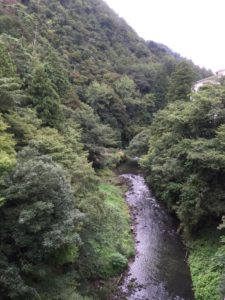
View at Yamanaka Onsen
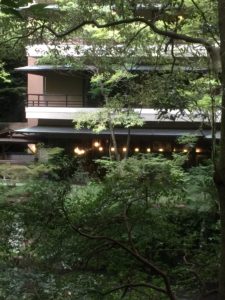
View of hotel onsen from the outside
My next visit to Japan may have an onsen theme – there’re that many beautiful ones. While saving up, I’m content to wander to the Japanese or Korean public baths nearer home. With my grand baby of course!


